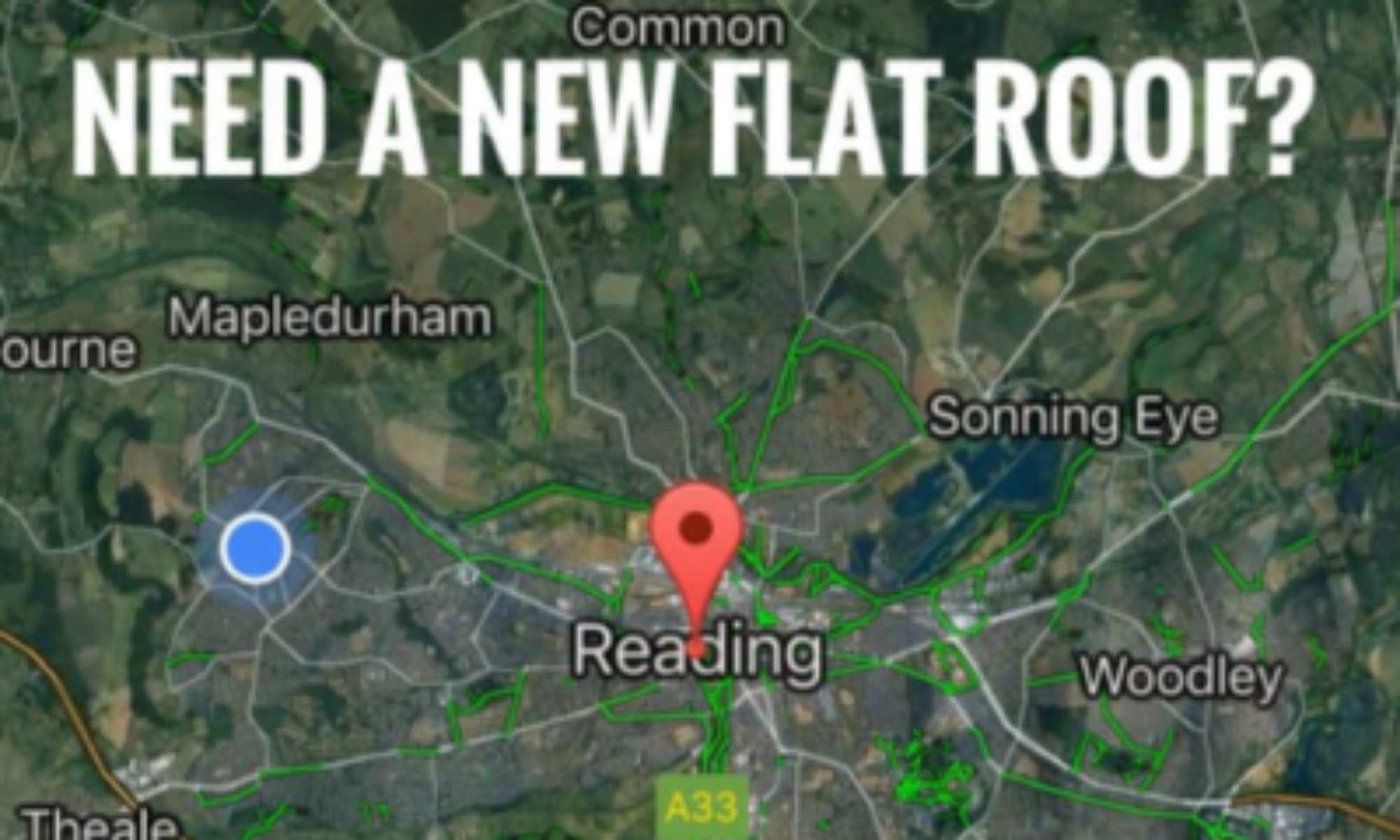Flat roofs are a popular choice for many homes and businesses in Caversham and Caversham Heights. While they provide a sleek and modern appearance, they require regular maintenance to prevent leaks, water damage, and costly repairs. In this guide, we’ll cover common flat roof problems, the benefits of timely repairs, and how to choose a reliable roofing specialist in the area.
Typical Flat Roof Problems
- Water Pooling – Due to the lack of a natural slope, water can accumulate on a flat roof, leading to leaks over time.
- Cracks and Blistering – Exposure to the elements can cause the roofing material to crack or develop blisters, which weakens the structure.
- Damaged Roofing Membrane – Over time, the protective layer of a flat roof can deteriorate, making it vulnerable to leaks and heat damage.
- Blocked Drainage – Clogged gutters and drains prevent water from flowing off the roof, increasing the risk of damage.
Why Prompt Repairs Matter
Ignoring minor roof issues can lead to significant structural damage. Water ingress can weaken your home’s foundation, cause interior mould, and require expensive renovations. Regular maintenance and timely repairs can help extend the lifespan of your flat roof and keep your property in excellent condition.
Expert Flat Roof Repair Services in Caversham and Caversham Heights
When hiring a roofing professional, consider these key factors:
- Proven Experience – Work with a local expert who has 25 years of experience in flat roof repairs.
- Reputation in the Community – Check reviews and ask for recommendations from neighbours in Caversham and Caversham Heights.
- Certifications and Insurance – Ensure your roofer is fully insured and follows industry standards.
- High-Quality Materials – Choose a contractor who uses durable, weather-resistant materials for long-lasting results.
How to Maintain Your Flat Roof
- Schedule Routine Inspections – Check for signs of wear and tear at least twice a year.
- Keep Gutters and Drains Clear – Prevent water build-up by regularly clearing debris.
- Fix Small Issues Quickly – Addressing minor cracks and leaks early can prevent major damage.
- Hire Professional Roofers – Regular maintenance from an expert can help increase the lifespan of your roof.
Choosing the Right Roofing Contractor
If your flat roof in Caversham or Caversham Heights needs repair, it’s important to work with a skilled professional who offers reliable and cost-effective solutions. Compare quotes, ask about warranties, and confirm the use of high-quality materials.
Taking proactive steps to maintain your flat roof can save you money in the long run and protect your property from damage. Contact a trusted local roofing specialist today to ensure your roof remains in top condition!
